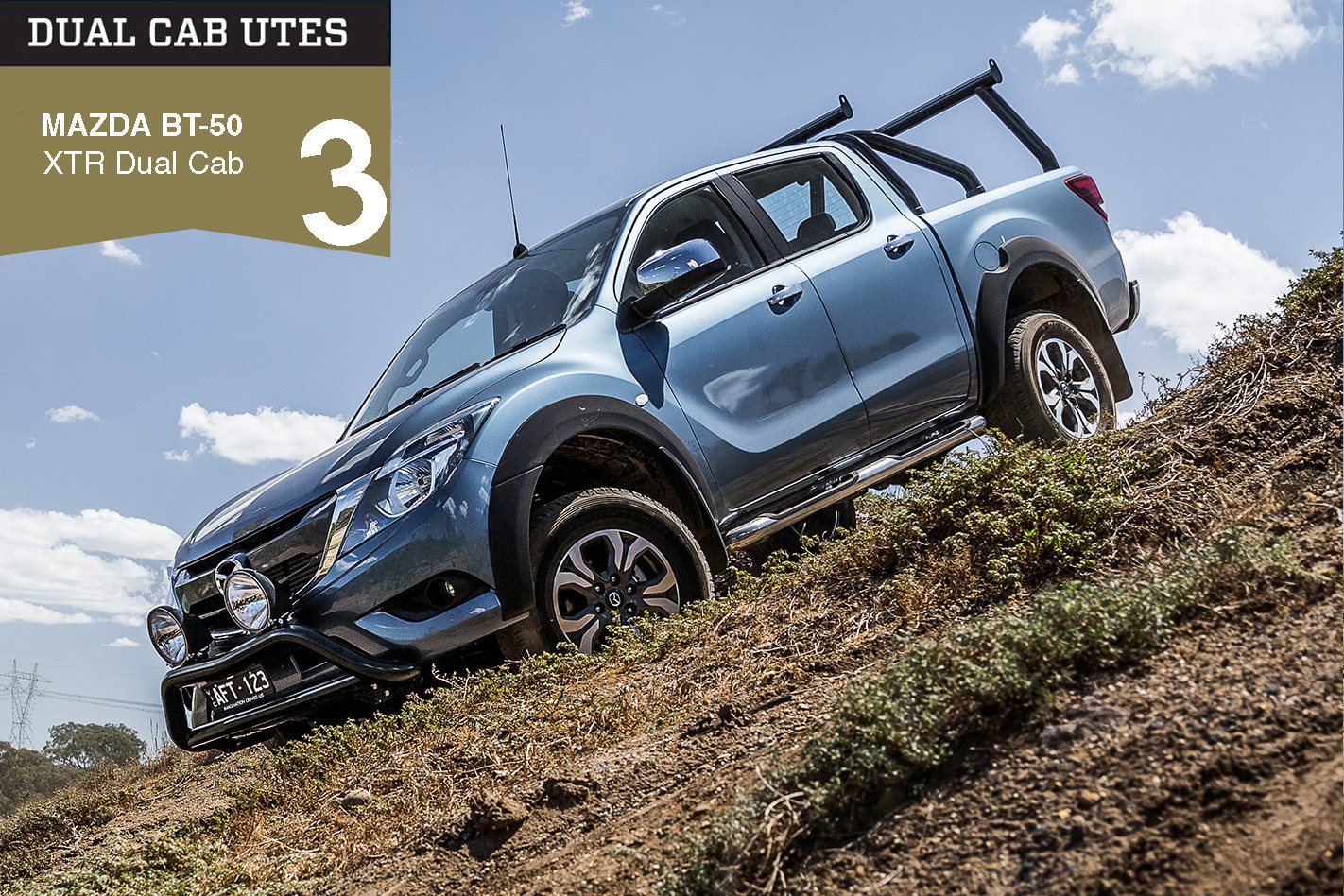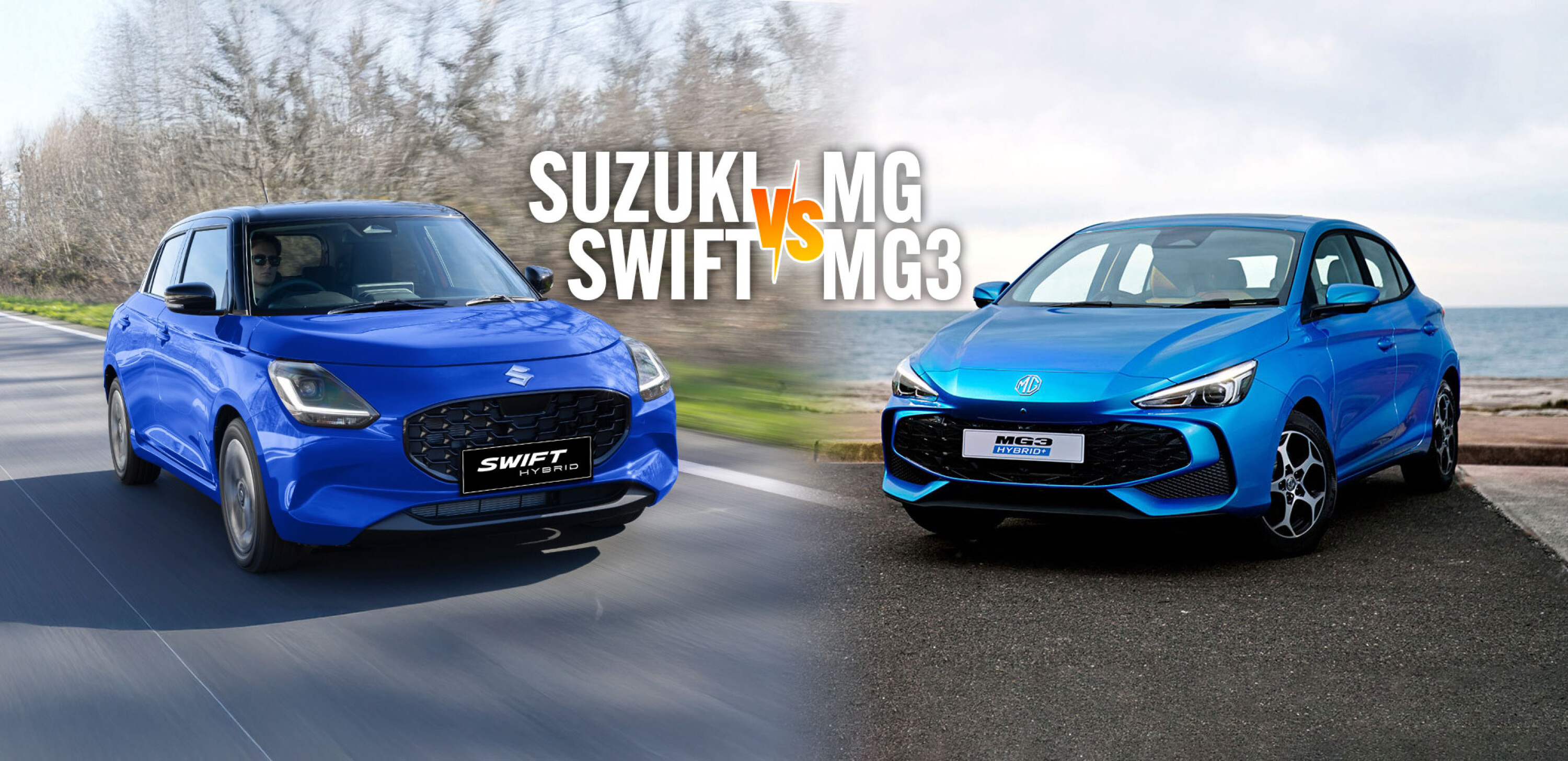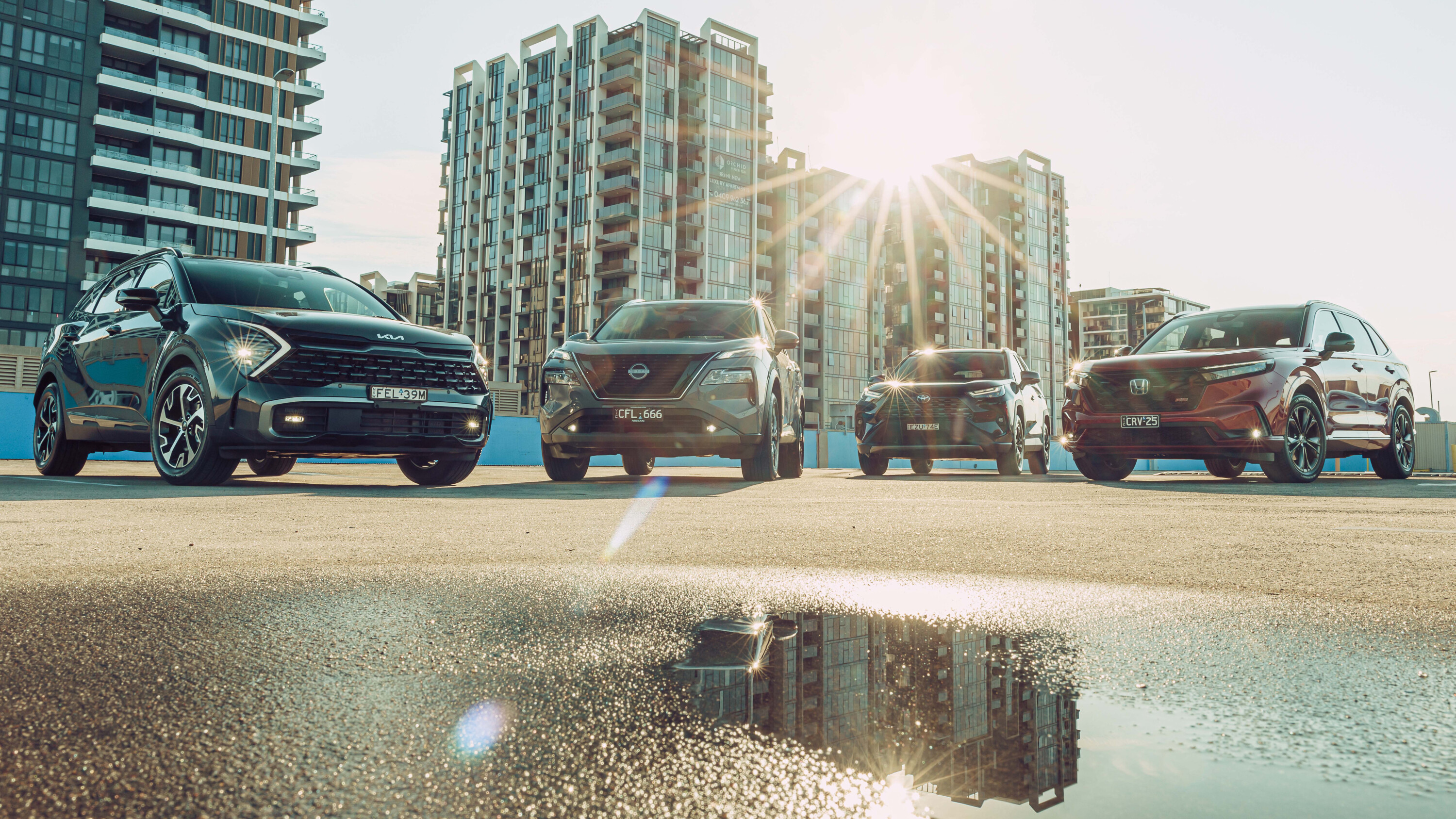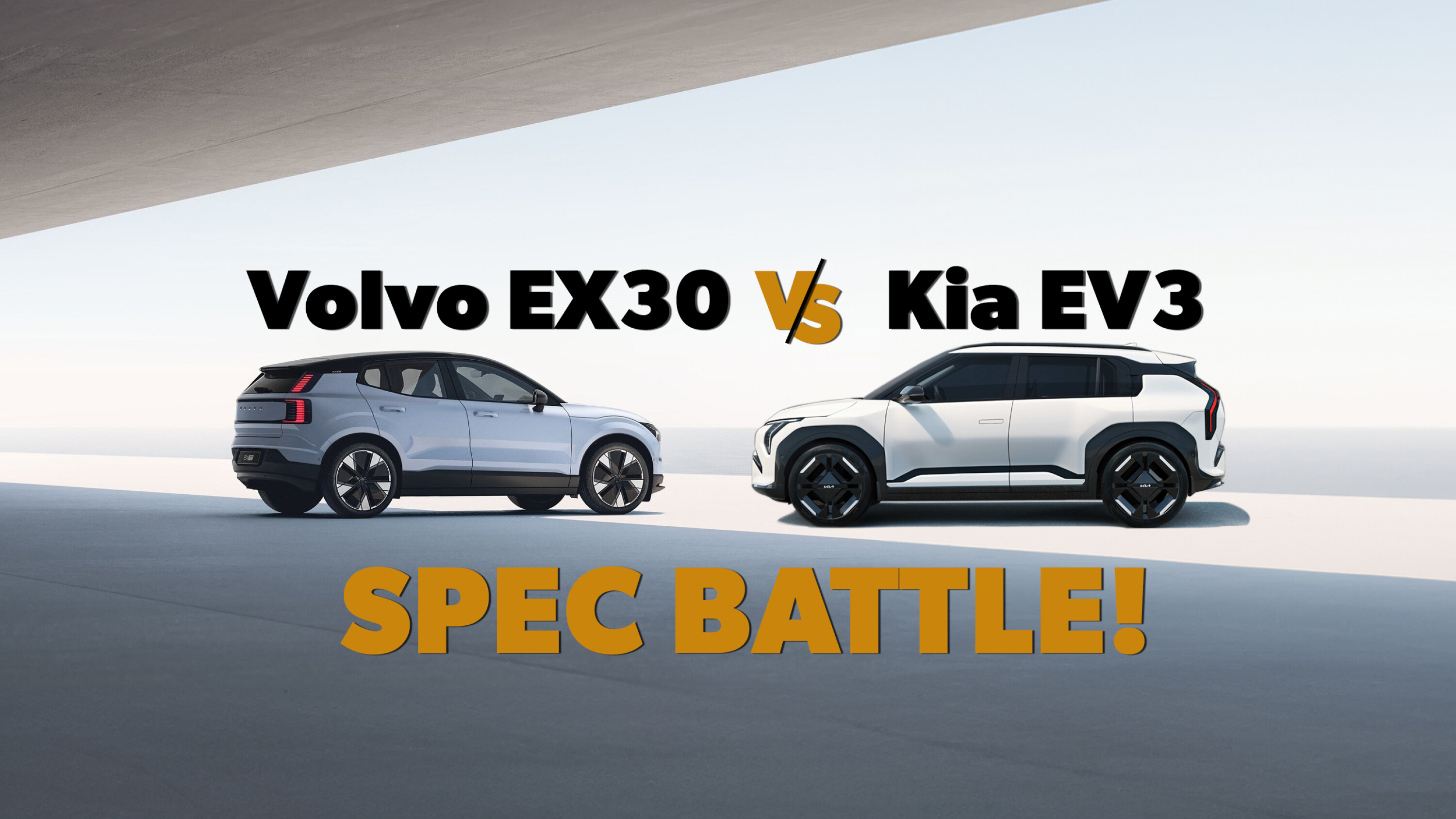There’s never been a better time to review the dual-cab 4×4 class of 2016 than right now. Wheels pitches eight of the biggest sellers in the segment for the title of King of the Heap. Here’s number three, the Mazda BT-50.
First published in the May 2016 issue of Wheels magazine, Australia’s best car mag since 1953.
THE BT-50 was co-developed with the Ford Ranger, and in terms of chassis and powertrain fundamentals, there’s little to separate the two.
Given that Mazda belts Ford for overall sales in Australia, you’d think that would translate here, but it doesn’t – not by a long shot. Ranger outsells BT-50 by around two-to-one. So, given how similar they are in terms of spec and value, Mazda must have an image issue in this segment. Clearly 4×4 ute buyers are more interested in boofy unbreakability than sportiness.
And it actually does extend further than simple perception. Mazda wanted its BT-50 to deliver a bit more ‘zoom-zoom’, so it has a slightly quicker steering rack and slightly firmer dampers. And, since last year’s upgrade, the Ranger has electric power steering assistance while the Mazda continues with hydraulic assistance. On the road, especially at a brisk cruise, that’s no bad thing, but off-road, where lots of low-speed wheel turning is needed to negotiate ruts and rocks, it struggles to keep up, whereas the Ford’s wheel spins quickly and fluently from lock to lock.
On-road, the BT-50’s damper rates make suspension movements quite quick and abrupt. Over undulations taken at speed, front-seat occupants are given a series of short, quick lifts, as if rising for the trot. It’s not horrible – and preferable to the wallow delivered by a few of the contenders here – but it’s a little odd.
The 3.2-litre five-cylinder that powers both the Mazda and Ford originates from the Transit van. Here it runs upgraded injectors, among other changes, in an effort to quell noise levels but remains a mid-fielder in terms of NVH – notably short of the muted Amarok, yet comfortably ahead of the raucous Colorado and D-Max.
The BT-50 feels quick enough, though our timed runs saw it curiously slower than Ranger at 12.4sec to 100km/h and 9.5sec for the 80-120km/h passing move.
Ford’s extra work reshaping the power and torque curves translates to an on-road advantage, yet the BT-50’s six-speed auto is well calibrated to deliver intuitive shifts, and will hold gears in manual mode. Like other Mazdas, it also has our preferred push-to-downshift configuration.
No one in our test crew favoured the Mazda’s exterior styling over the Ford’s – “too feminine and fussy” were the main criticisms – but we lean towards the BT-50 for its simpler execution of instruments and minor controls. It provides a conventional speedo/tacho pairing, whereas Ford reduces the tacho to an (optionally selectable) electronic display.
No prizes for the Mazda in the back, though. Like most other contenders here, it puts rear-seat occupants in a too-upright position, with legs bent at a sharp angle and little under-thigh support. No rear vents, either, or much of anything to take your mind off the terse suspension tune.
The BT-50 finds itself on the podium, doing most things reasonably well, if short of the Ranger in a few key areas. Maybe 4×4 ute buyers do have sound reason to be working Blue.
Off-road performance
It might look a bit sissy and the hydraulically assisted steering struggles when worked hard, but the BT-50 does feel grenade-proof off-road. It made it up and over our vertiginous torture test, and handles ruts and corrugations without feeling as though the steering column is about to part company from the rest of the rig.
It was also one of the more adept dirt-road sliders with the ESC off, which points to a fundamentally well-sorted chassis.
 SPECS
SPECS
Model: Mazda BT-50 XTR Dual Cab
Price as tested: $51,700
Engine: 3198cc 5cyl, dohc, 20v, TD
Power: 147kW @ 3000rpm
Torque: 470Nm @ 1750-2500rpm
Transmission: 6-speed automatic
Dimensions (L/W/H/W-B): 5365/1850/1821/3220mm
Weight: 2103kg
Tray capacity: 1097kg
Braked towing capacity: 3350kg
Unbraked towing capacity: 750kg
Ground clearance: 237mm
Tyres: Dunlop Grand Trek 265/65R17
ADR81 fuel consumption: 9.2L/100km
0-100km/h: 12.4sec
0-400m: 18.6sec @ 120.8km/h
80-120km/h: 9.5sec
3yr resale: 66%
Plus: Engine willing to rev; auto will hold gears; quick steering
Minus: Noisy, chuntering idle; no steering reach adjustment; firm damping bucks over undulations
Verdict: 7.5/10







